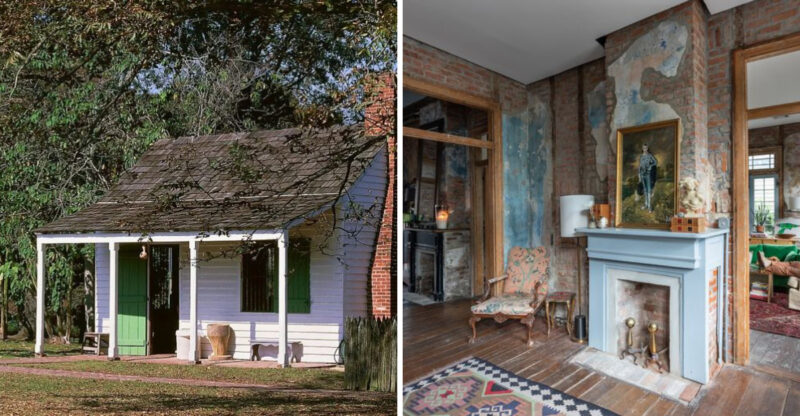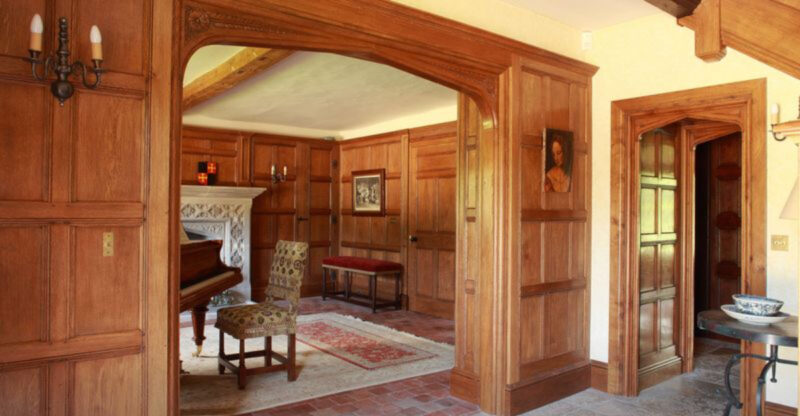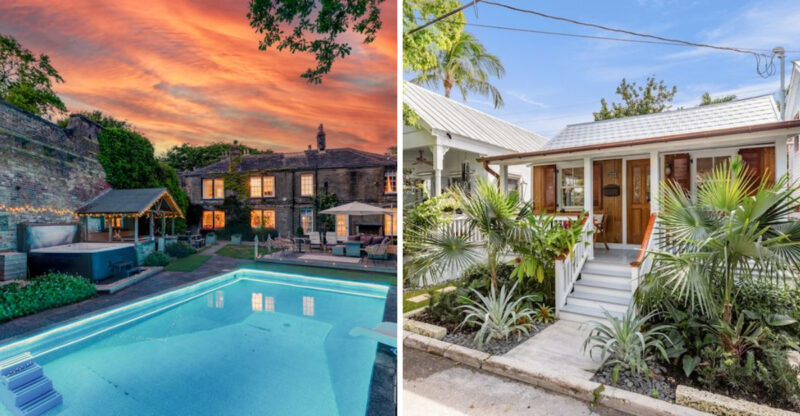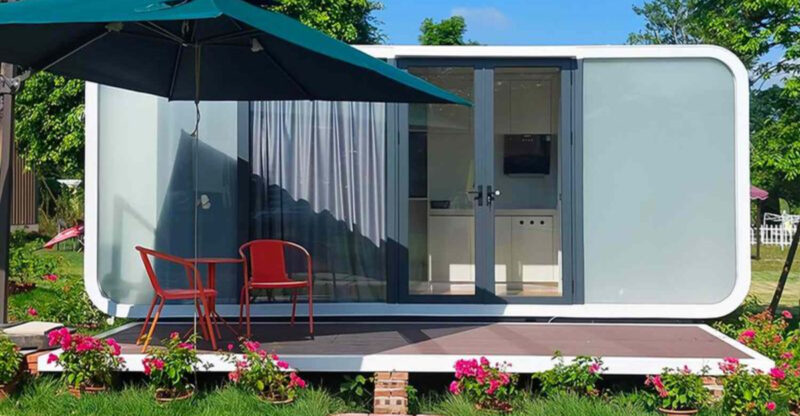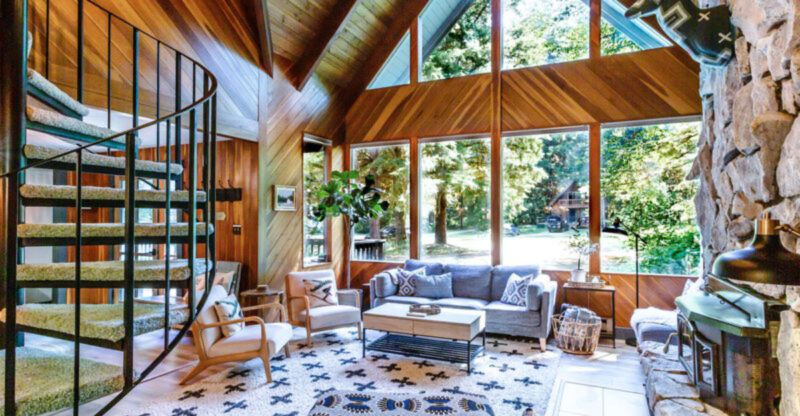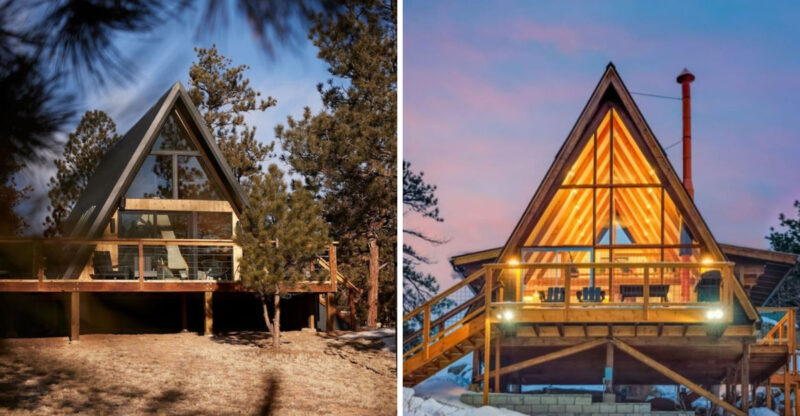10 Timeless Farmhouses In Mississippi That Could Inspire Nostalgia
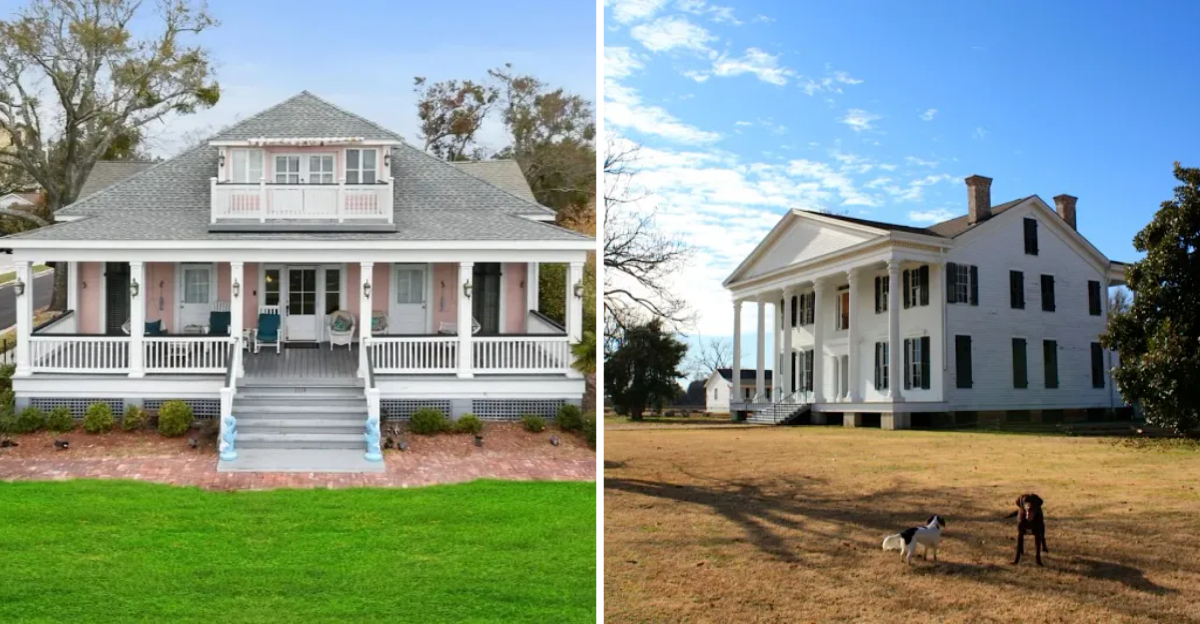
Dotting the Mississippi landscape are charming farmhouses that tell stories of bygone eras and simpler times. These architectural treasures blend rustic charm with practical design, offering glimpses into the state’s rich agricultural heritage.
Join me as we explore ten remarkable farmhouses across Mississippi that continue to evoke powerful feelings of nostalgia and wonder for visitors and locals alike.
1. Natchez Historic Farmhouse Mississippi
Standing proudly since 1830, this Natchez gem features a wraparound porch where generations have gathered to share stories and watch sunsets over the Mississippi River. The weathered wooden floorboards creak with character, each sound a whisper from the past.
Inside, hand-crafted cabinetry and original hearths remind visitors of a time when families huddled together during winter evenings. The kitchen still houses the cast-iron cookware that prepared countless meals for farmhands and family celebrations.
Did you know? This farmhouse survived the Civil War unscathed, serving briefly as a field hospital for soldiers from both sides of the conflict. Today, heirloom roses and magnolias frame the approach to this timeless structure that has witnessed nearly two centuries of Mississippi history.
2. Oxford Countryside Farmhouse Mississippi
Nestled among rolling hills just outside Oxford, this 1870s farmhouse captures the literary spirit of the region. William Faulkner himself reportedly visited this property, finding inspiration in its quiet dignity and connection to the land.
The farmhouse features a distinctive blue-painted door a tradition said to ward off evil spirits according to local folklore. Hand-hewn oak beams support ceilings throughout the home, while a collection of rocking chairs lines the front porch, inviting visitors to slow down and appreciate simpler pleasures.
My favorite spot is the reading nook tucked beneath the stairs, where generations of children have hidden away with books during summer afternoons. The surrounding pecan grove still produces nuts harvested each fall, continuing agricultural traditions established by the original owners.
3. Vicksburg Riverfront Farmhouse Mississippi
Perched dramatically on a bluff overlooking the mighty Mississippi, this 1850s farmhouse witnessed the Siege of Vicksburg during the Civil War. Bullet holes still visible in the exterior walls tell tales of a tumultuous past, while the restored interior showcases period-appropriate furnishings that transport visitors back in time.
The heart of this home remains its expansive kitchen with original brick oven where countless meals were prepared for both family and field workers. Handmade quilts drape over four-poster beds in upstairs bedrooms, each stitch representing hours of craftsmanship.
When fog rolls in from the river at dawn, the farmhouse seems to float above the landscape a sight that has captivated photographers for generations. The current owners maintain a small working farm on the property, honoring the agricultural legacy that has sustained this remarkable home for over 170 years.
4. Jackson Rustic Farmhouse Mississippi
Though just minutes from downtown Jackson, stepping onto this farmhouse property feels like traveling decades into the past. Built in 1885 by a cotton merchant, the house combines practical farmstead design with subtle Victorian flourishes that hint at the owner’s prosperity.
If walls could talk, the hand-painted murals in the dining room would share stories of harvest celebrations and holiday gatherings. The original root cellar beneath the kitchen remains functional, keeping vegetables cool even during Mississippi’s hottest summers.
Children particularly love exploring the converted barn, now a museum of antique farm implements that demonstrates how previous generations worked the land. A heritage vegetable garden maintains seeds passed down through generations of Mississippi farmers, including rare varieties of okra and tomatoes you won’t find in modern supermarkets.
5. Gulfport Coastal Farmhouse Mississippi
Hurricane survivors don’t come more resilient than this 1890s coastal farmhouse that has weathered countless Gulf storms. Unlike typical Mississippi farmhouses, this structure incorporates design elements borrowed from Caribbean architecture, including elevated construction and strategic window placement that maximizes cross-breezes.
The wide hallway running straight through the house serves as a natural cooling system during sweltering summer months. Shells collected from nearby beaches have been incorporated into the mortar between bricks in the fireplace a charming detail that connects the home to its coastal environment.
Local fishermen once used the distinctive cupola atop the roof as a navigation landmark. Today, the farmhouse serves as a living museum where visitors can experience coastal agricultural practices unique to Mississippi’s southern shores, including the cultivation of salt-tolerant crops that sustained generations of farming families along the Gulf.
6. Tupelo Traditional Farmhouse Mississipp
Elvis Presley reportedly visited this 1920s farmhouse as a child, accompanying his mother to egg-selling visits during lean times. The modest structure represents the quintessential working-class Mississippi farmhouse, where form followed function and every space served multiple purposes.
Hand-carved wooden pegs rather than nails hold together much of the original furniture, showcasing the resourcefulness of early 20th century craftsmen. The farmhouse kitchen features a Depression-era icebox still in working condition, alongside modern appliances that don’t detract from the authentic atmosphere.
What makes this property special is the collection of farm implements displayed in the original outbuildings, including hand-operated cotton gins and corn shellers. The current owners maintain heritage chickens descended from the original flock that once provided eggs for young Elvis and his family a living connection to the farmhouse’s storied past.
7. Hattiesburg Vintage Farmhouse Mississippi
Surrounded by longleaf pines, this 1905 farmhouse tells the story of Mississippi’s timber industry boom. The structure features heartwood pine throughout lumber harvested from the property itself during an era when Mississippi led the nation in timber production.
Quirky architectural details abound, including built-in cabinets with hidden compartments where valuables were concealed during uncertain times. The screened sleeping porch remains a favorite spot for afternoon naps, where the fragrance of pine mingles with cooling breezes.
During Prohibition, the detached summer kitchen reportedly served as a small-batch distillery for moonshine though current owners neither confirm nor deny these colorful rumors! A collection of vintage photographs displayed throughout the home shows five generations of the same family working this land, their faces reflecting the determination and resilience characteristic of Mississippi farmers.
8. Starkville Classic Farmhouse Mississippi
Academic history intertwines with agricultural innovation at this 1895 farmhouse located near Mississippi State University. Originally built by an agricultural professor, the home served as a testing ground for farming techniques taught to generations of students.
The study features floor-to-ceiling bookshelves filled with agricultural journals dating back to the 19th century. Brass instruments used for early soil testing are displayed alongside modern farming technology, creating a timeline of Mississippi’s agricultural evolution.
How fascinating to discover the experimental garden still produces vegetables using companion planting methods developed by the original owner! The distinctive red metal roof has become something of a landmark for locals, visible from across the surrounding fields that continue to serve educational purposes for agriculture students. During autumn, the property hosts heritage seed exchanges where gardeners share varieties uniquely adapted to Mississippi’s growing conditions.
9. Biloxi Heritage Farmhouse Mississippi
French Creole influences define this unique 1860s coastal farmhouse where Mississippi’s multicultural heritage comes alive. The raised construction with living quarters above and work spaces below reflects practical adaptations to coastal flooding while showcasing architectural elements brought by early French settlers.
Are you curious about the unusual blue porch ceiling? Local tradition holds that this “haint blue” color wards off evil spirits a belief that blends African, Caribbean, and European superstitions. The kitchen features cooking implements spanning three centuries, including cast iron cookware passed down through generations.
Hurricane Katrina nearly claimed this historic treasure in 2005, with floodwaters reaching six feet up the lower level walls. Painstaking restoration preserved original cypress wood elements while strengthening the structure against future storms. Today, the surrounding gardens showcase heritage varieties of figs, pecans, and satsumas that represent the diverse culinary traditions of Mississippi’s coastal communities.
10. Greenville Plantation-Style Farmhouse Mississippi
Cotton’s influence on Mississippi architecture reaches its zenith in this grand 1840s plantation-style farmhouse. While acknowledging the complex and often painful history associated with plantation structures, this farmhouse now serves as an educational center exploring the complete history of Delta agriculture, including the contributions of enslaved people.
The distinctive columns supporting the front portico were hand-carved from cypress trees harvested from nearby swampland. Inside, the formal dining room could seat twenty guests, reflecting an era when agricultural success was measured partly through lavish entertaining.
When visiting, don’t miss the basement kitchen where enslaved cooks prepared meals, now thoughtfully interpreted to honor their unacknowledged contributions. The farmhouse stands as both architectural marvel and sobering reminder of Mississippi’s complicated past. Today’s caretakers maintain the property as a place for honest conversation about history, preservation, and reconciliation.

